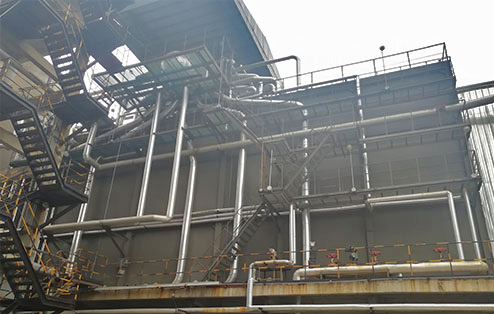Guide: 1) Coal with higher volatile content should be used as much as possible when the load is low. When the combustion volatiles are low and the combustion is unstable, the ignition gun should be used to support combustion to prevent possible fire extinguishing.
(1) Coal with higher volatile content should be used as much as possible at low load. When the combustion volatiles are low and the combustion is unstable, the ignition gun should be used to support combustion to prevent possible fire extinguishing.

(2) The burners put in at low load should be more uniform, and the number of burners should not be too small.
(3) The speed of increasing or decreasing the load should be slow, and the air volume should be adjusted in time. Pay attention to maintaining the stability of the primary air pressure, and the primary air volume should not be too large. The operation of putting in and out of the burner should be slow and steady. When the combustion is unstable, put in the oil gun to support combustion to prevent the fire when the air volume is adjusted.
(4) When starting and stopping the pulverizing system and blowing soot, it has a greater impact on the stability of combustion. The positions should be closely coordinated and operated carefully and slowly to prevent a large amount of air from leaking into the furnace.
(5) During low-load operation, it is difficult to ensure the quality of oil combustion when the oil gun is put in. Care should be taken to prevent unburned oil droplets from causing re-ignition at the end of the flue.
(6) When running at low load, use as little desuperheating water as possible (for hybrid desuperheaters), but it is not advisable to close the desuperheating water door.
(7) During low-load operation, the exhaust gas temperature is low and the possibility of low-temperature corrosion increases. To this end, a heater or hot air recirculation should be used.




























